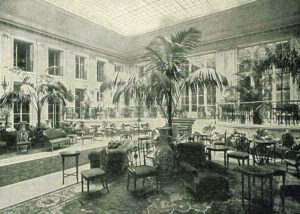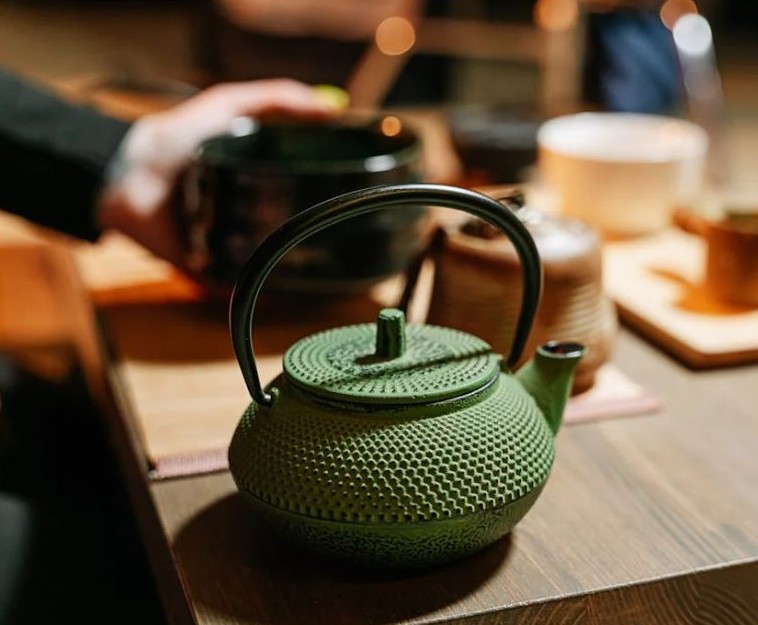The Bygone Elegance of Department Store Tearooms
Department stores, once grand palaces of commerce, were more than just places to shop. They were bustling social hubs, offering a dazzling array of merchandise and a curated experience for eager consumers. Nestled amidst the bustling counters and tempting displays existed a haven of tranquility – the formal tea room.
These tea rooms emerged from a long tradition of tea houses in the 18th and 19th centuries, initially established as social spaces for women. By the early 20th century, department stores in the United States and Europe saw the tea room as a strategic opportunity. It wasn’t just about selling tea and dainty pastries; it was about creating an experience that lured customers in, encouraged them to linger, and perhaps make a few extra purchases.
The allure of the formal tea room lay in its stark contrast to the bustling department store floor. Stepping into the tea room meant entering a world of elegance and refinement. Plush seating, crisp white tablecloths, and gleaming silverware awaited weary shoppers. Lush green potted palms and vibrant floral arrangements added a touch of nature’s serenity.
The menu itself was a symphony of flavors and textures. Delicate finger sandwiches with cucumber, smoked salmon, or egg salad were the stars of the show, accompanied by buttery scones, flaky pastries, and an assortment of delightful sweets. A variety of teas, from black and green to herbal blends, were steeped to perfection and poured by attentive waitstaff.
More than just a meal, a visit to the department store tea room was a social experience governed by the gentle rules of etiquette. Proper attire was expected, and conversations flowed in hushed tones. For many women, it was a chance to catch up with friends, discuss the latest fashions, or simply enjoy a moment of respite from the everyday hustle.
The popularity of formal tea rooms began to wane in the latter half of the 20th century. Changing lifestyles, the rise of casual dining, and the decline of department stores themselves all contributed to their disappearance. However, the memory of these elegant spaces lingers on, a reminder of a bygone era where department stores offered more than just merchandise – they offered an experience steeped in tradition and a touch of teatime magic.
Notable Note:
The First Sip of Elegance: Department Store Tea Rooms
While the exact first department store tea room in America is debated by history buffs, two strong contenders emerge:
- Marshall Field’s in Chicago (1890): Claimed by some to be the pioneer, Marshall Field’s offered a haven for weary shoppers in 1890.
- Wanamaker’s Grand Crystal Tea Room in Philadelphia: Wanamaker’s also vies for the title, although the exact opening date remains a delightful mystery.
- Regardless of who holds the official “first” crown, both stores were instrumental in bringing the charm of tea rooms to American department stores in the late 19th century.




